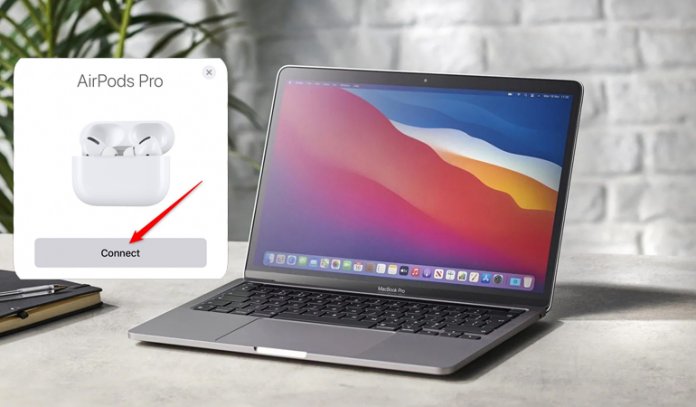With MacBook and Airpods Pro becoming frequent, the question of How to Connect Airpods to MacBook is quite common. If the Mac and your iPhone share the same Apple ID, your AirPods will automatically connect. Airpods Pro are Apple’s most popular new product. Apple has debuted the Airpods Pro on October 28, 2019, but the company has explained little on how you can make them work on your Mac. The quick answer is, the Airpods should work just fine.
However, it’s not always easy to remember how to connect Airpods Pro to Mac laptop, especially if you are new to this. Or if you have over one Mac laptop. Or if you have forgotten how recently you’ve used an Airpods Pro. If you are in this situation, you can refer to the below steps to connect Airpods to Mac laptop.
5 Steps to Connect Airpods Pro to MacBook?
Apple shapes a connected ecosystem that’s incredibly easy to navigate through. If your AirPods aren’t already connected to your iPhone, you can connect them directly to your Mac anyway.
- Open the Lid
Open the lid of the charging case with the AirPods Pro inside, but don’t take them out.
- Find the Button
Hold down the back of the case’s button until the status light flashes.
- Use a MacBook
On your Mac, select the Apple menu, then “System Preferences.” Click “Bluetooth” in the System Preferences window.
- Choose your AirPods
Find the AirPods you want to pair with the Mac in the list of devices and click “Connect.”
- Final Step
The AirPods Pro will appear at the top of the Devices list once the connection is complete, ready to use. Check to see if your Mac is up to date. You need macOS 10.14.4 or later to install the AirPods Pro.
How to Connect your AirPods Pro to your Mac if you Already Paired Them with your iPhone
- Just as you would to connect your AirPods Pro to your iPhone, open your AirPods case.
- On your Mac, go to the menu bar at the top of the screen and click the Volume icon. It appears to be a microphone.
- Select your AirPods under “Output Device” in this menu.
- If this doesn’t work, make sure that a couple of settings are turned on. To access System Preferences, go to the menu bar and click the Apple icon, then “System Preferences.”
- Check to see if your Mac and iPhone are both using the same Apple ID. To make sure you’re signed in and using the same Apple ID as your iPhone, go to System Preferences and click “Apple ID.”
- Check to see if Handoff is active. Click “General” in the System Preferences window, and make sure “Allow Handoff between this Mac and your iCloud devices” is checked.
- You must enable the volume icon in the menu bar if it is not visible. Click “Sound” in the System preferences window, then check the box next to “Show volume in menu bar.”
Final Thoughts
Following the release of AirPods Pro, Mac users have been asking us for the best way to connect Apple’s wireless headphones to their Mac laptops. Unfortunately, there appears to be little information about AirPods’ compatibility with Mac and Windows computers. So, we had to get creative.
We discovered that Mac laptops can only use the USB-C to Lightning adapter that comes with Lightning headphones when syncing AirPods. However, this adapter won’t work with Macs with USB-C ports, like the MacBook Pro with Touch Bar. Luckily, there is an easy way to get around this limitation. All you need is an Apple USB-C to Lightning Cable and a USB-C to USB-C.


